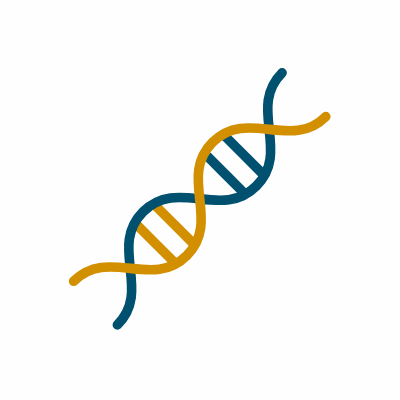CONTRAINDICATIONS
- CUVRIOR is contraindicated in patients with hypersensitivity to trientine or to any of the excipients in CUVRIOR.
WARNINGS AND PRECAUTIONS
- Potential for Worsening of Clinical Symptoms at Initiation of Therapy, including neurological deterioration, may occur at the beginning of CUVRIOR therapy due to mobilization of excess stores of copper. Adjust the dosage or discontinue therapy if clinical condition worsens. Evaluate serum non-ceruloplasmin copper (NCC) levels or 24-hour urinary copper excretion (UCE) when initiating treatment, after 3 months, and approximately every 6 months thereafter.
- Copper Deficiency may develop following treatment with CUVRIOR. Periodic monitoring is required.
- Iron Deficiency may develop following treatment with CUVRIOR. If iron deficiency develops, a short course of iron supplementation may be given.
- Hypersensitivity Reactions, characterized by rash, have been reported with the use of trientine. Rash was reported in 12% (3/26) of CUVRIOR-treated patients, and one patient discontinued treatment due to rash. If rash or other hypersensitivity reaction occurs, consider discontinuing CUVRIOR.
ADVERSE REACTIONS
The most common adverse reactions (>5%) are abdominal pain, change of bowel habits, rash, alopecia, and mood swings.
DRUG INTERACTIONS
- Mineral Supplements (e.g. iron, zinc, calcium, magnesium): Avoid concomitant use. If concomitant use is unavoidable, take CUVRIOR at least 2 hours before or 2 hours after iron and take CUVRIOR at least 1 hour before or 2 hours after other mineral supplements.
- Other Drugs for Oral Administration: Take CUVRIOR at least 1 hour apart from any other oral drug
Please see full Prescribing Information
To report SUSPECTED ADVERSE REACTIONS, call Orphalan at 1-800-961-8320 or FDA at 1-800-FDA-1088 or www.fda.gov/medwatch

